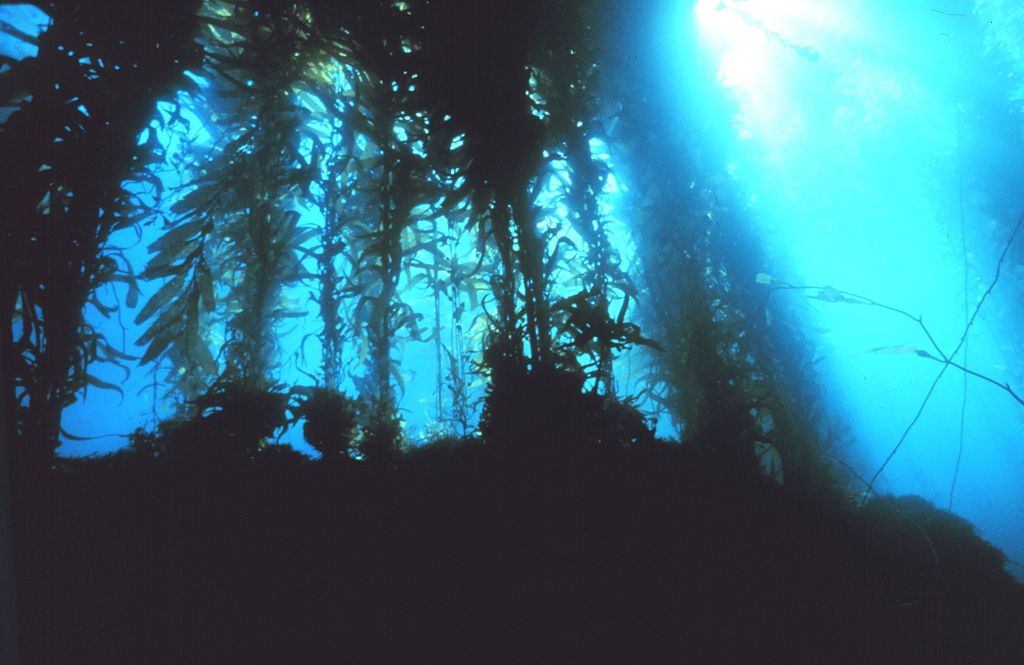Project: Floating Forests
Giant Kelp: You’ve probably seen it, and you’ve almost certainly eaten it (!), but do you know what it’s for and how important it is?
Also known as macrocystis pyrifera__, giant kelp can be found along the coast of the eastern Pacific, as well as in the ocean near South America, Australia, and South Africa. It’s the largest of all the algae species, and individual plants can grow to nearly 150 feet long, with growth rates of as much as two feet per day. It is chock full of nutrients like iodine and potassium, and is also used to make alginate. You’ll find sodium alginate or potassium alginate in everything from ice cream, to cosmetics, to fireproof fabrics, to dyes. (See? I told you that you’ve eaten it…)
In it’s original form though, giant kelp provide food for shrimp, sea urchins, and fish. And as you might suspect, those huge green wavy plants provide habitats for dozens of species. They even act as breakwaters, dispersing some of the energy of waves as they head toward the shore.
That’s what we know. What we don’t know is how kelp forests have changed over time, and that’s where you come in.
Zooniverse would like you to examine Landsat images taken between 1984 to the present, and simply identify kelp forests by circling the clumps of green pixels along the coastline. There isn’t a good data set on kelp canopy changes over the long term, and so this work is vital for conservation efforts. This is particularly true because the last thirty years have seen tremendous changes in terms of ocean temperatures, coastlines, human use of the sea (e.g., fishing, travel), and pollution. (Indeed, try a Google search like this one to see how bad that has become.)
Ready to look for greenery? Head over the Floating Forests website, register, and follow the guide to learn how to review the images. Good hunting!
—
Chandra Clarke is a Webby Honoree-winning blogger, a successful entrepreneur, and an author. Her book Be the Change: Saving the World with Citizen Science is available at Amazon. You can connect with her on Twitter @chandraclarke.









